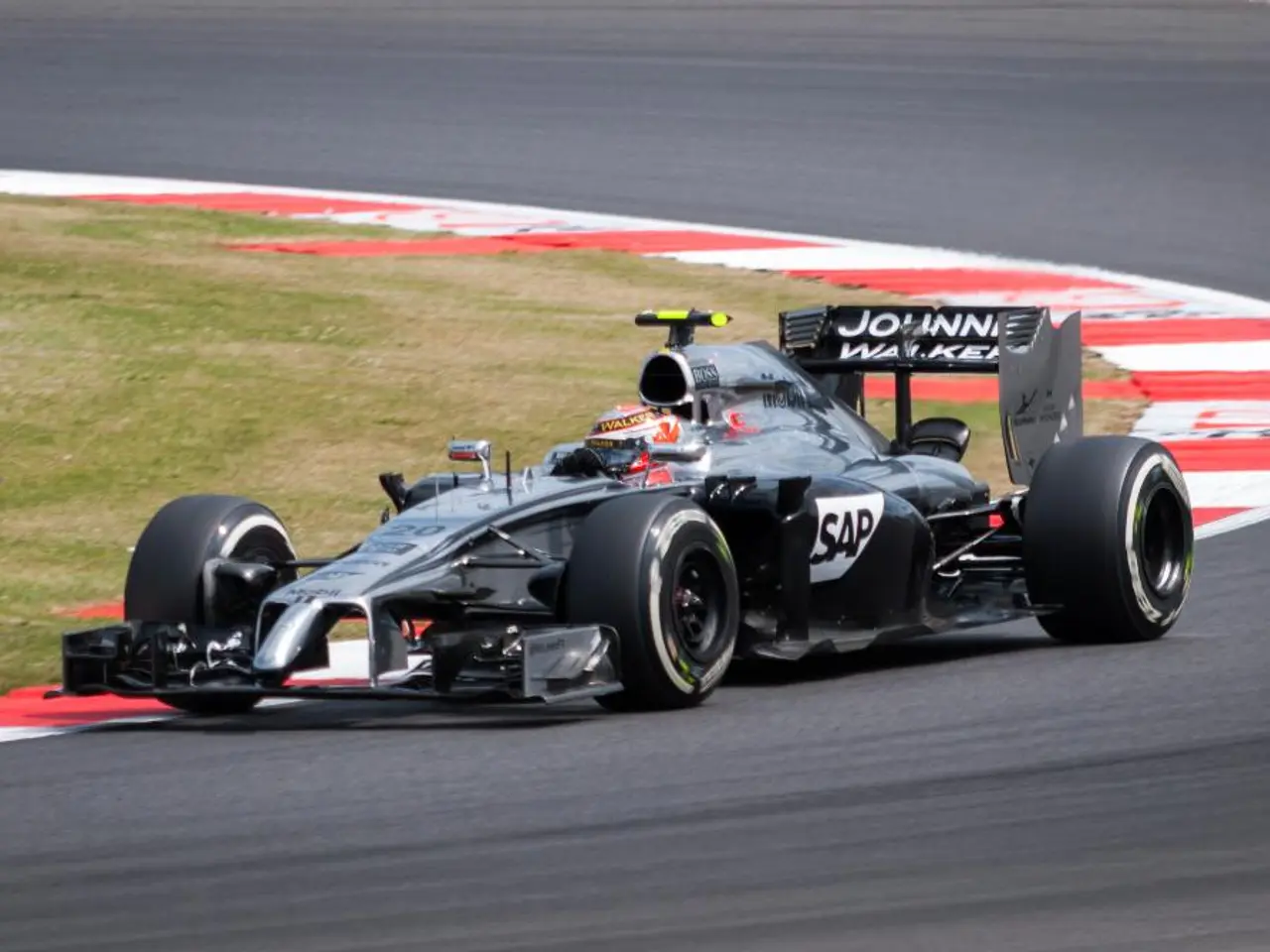India's Digital Public Infrastructure intensifying women and children's welfare by serving as a potent multiplier.
In recent years, India has embarked on a significant digital transformation journey to improve the delivery of women- and child-centric welfare schemes. This transformation, driven by Digital Public Infrastructure (DPI), has been instrumental in moving away from fragmented, paper-based systems towards integrated, data-driven, real-time service delivery platforms.
The Ministry of Women and Child Development (MWCD) has been at the forefront of this transition, consolidating diverse welfare schemes into unified digital platforms. Platforms like Poshan Tracker and Saksham Anganwadi upgrades enable the monitoring of over 10.14 crore beneficiaries on a single nutritional ledger, increasing transparency and ease of access.
Schemes such as the Pradhan Mantri Matru Vandana Yojana (PMMVY) and initiatives like SHe-Box (a portal for reporting violence against women) leverage DPI to ensure that entitlements are portable across regions and delivery is outcome-oriented, reducing leakages and delays. Technologies such as facial-recognition attendance, geotagging of One-Stop Centres (OSCs), and mobile apps help track service delivery quality and enhance accountability at grassroots Anganwadi centers and support institutions.
Direct Benefit Transfers (DBT) via Aadhaar linking minimises fraud and ensures that welfare reaches the intended recipients, especially women and children from vulnerable sections. The UPI system, with its massive scale of over eight billion transactions monthly, integrates with DPI to facilitate fast, reliable payments to beneficiaries, enabling seamless government-to-person (G2P) transfers of welfare funds.
However, while DPI has enhanced efficiency, there are concerns about digital divides and access inequalities. Marginalized groups, including women in remote or underserved areas, sometimes face issues like biometric authentication failures or lack of consistent internet access, potentially hindering benefit delivery. Efforts are ongoing to bridge these gaps to ensure equitable access.
The way forward includes enacting a Child-Centric Data Protection Rule, deploying "store-and-forward" offline apps, introducing outcome-linked fiscal transfers, launching micro-credential programs for Anganwadi staff, adopting privacy-preserving facial recognition, embedding gender-responsive budgeting in DPI projects, setting up a National Women-and-Child Innovation Challenge Fund, integrating mental health chatbots for adolescents, and institutionalizing community data stewards.
The current scenario shows that the sex ratio at birth is 918930 (2023-24) and the maternal mortality ratio is 13097 (2018-20). While there are still challenges to be addressed, the digital transformation of India's women- and child-centric welfare schemes is moving the country closer to equitable social protection.
Sources: [1] https://www.thehindu.com/sci-tech/technology/aadhaar-based-payment-system-to-be-expanded-to-include-all-welfare-schemes/article25728592.ece [2] https://www.livemint.com/technology/tech-news/how-aadhaar-changed-india-s-welfare-system-11612204833380.html [3] https://www.niti.gov.in/sites/default/files/2021-02/DPI-Policy-Document.pdf [5] https://www.thehindu.com/sci-tech/technology/digital-divide-an-unseen-challenge-in-india/article32487980.ece
The Ministry of Women and Child Development (MWCD) is working towards incorporating sports within digital platforms, such as Poshan Tracker and upgraded Saksham Anganwadi, to promote the holistic well-being of beneficiaries.
The integration of privacy-preserving sports applications within the Digital Public Infrastructure (DPI) is being considered, aiming to high-quality, outcome-oriented sports initiatives for women and children in underserved areas, bridging digital divides and enhancing equitable access.







